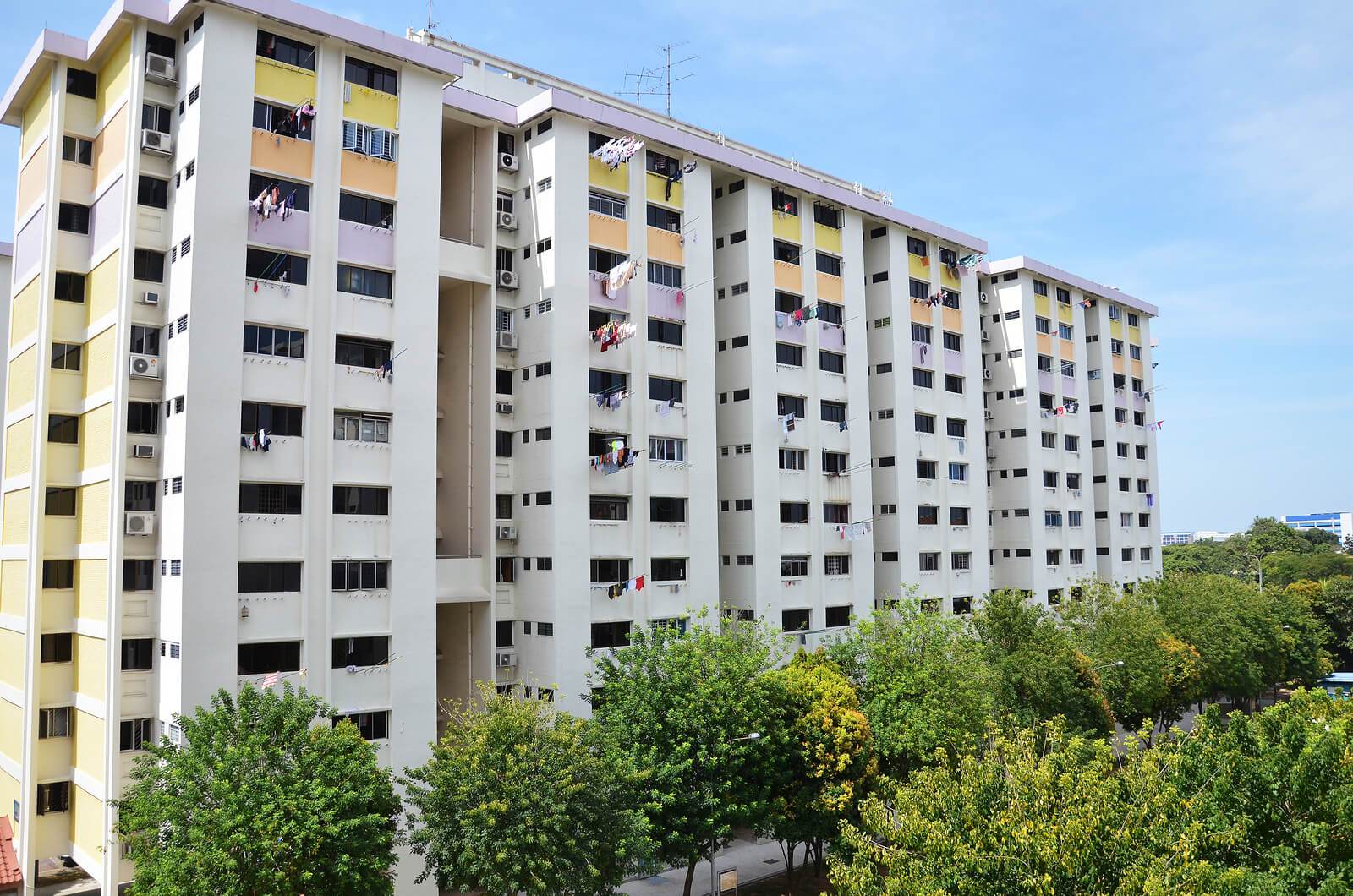
In the heart of Singapore, Housing and Development Board (HDB) flats stand tall as symbols of urban living excellence. Over the years, these residential units have undergone a remarkable transformation, adapting to societal needs, architectural trends, and technological advancements. This article delves into the unique evolution of HDB living spaces, highlighting their journey from basic housing to innovative, sustainable communities.
- Origins of HDB: A Vision for All:
Established in 1960, the HDB was envisioned as a solution to Singapore’s housing crisis. Rapid urbanization and population growth necessitated the creation of affordable, quality housing for the masses. The initial HDB flats were simple, functional, and catered to basic needs, providing shelter and a sense of community.
- Architectural Marvels: The Rise of Skyline Living:
As Singapore’s skyline evolved, so did the HDB architecture. The introduction of high-rise living became a defining feature of the city-state. The concept of vertical neighborhoods not only maximized land use but also encouraged a sense of communal living. HDB flats began to incorporate innovative designs, such as staggered balconies, communal gardens, and sky bridges, turning residential areas into aesthetically pleasing and environmentally friendly spaces.
- Smart Living in HDBs: Embracing Technology:
In the 21st century, HDB flats embraced the era of smart living. Home automation systems, energy-efficient appliances, and sustainable building materials became integral to new HDB developments. The incorporation of technology not only enhanced the quality of life for residents but also contributed to the overall sustainability of these living spaces.
- Community-Centric Living: Beyond Four Walls:
Beyond the physical structures, HDBs evolved to foster a sense of community. Communal spaces, such as void decks and neighborhood parks, became hubs for social interaction. The HDB Community Day initiative further strengthened social bonds, encouraging residents to come together for various activities and events. This shift towards community-centric living transformed HDB estates into vibrant, interconnected neighborhoods.
- Green Initiatives: A Sustainable Tomorrow:
Recognizing the importance of sustainability, HDBs embarked on green initiatives. Rooftop gardens, solar panels, and rainwater harvesting systems were integrated into newer developments. The HDB Greenprint initiative aimed to create eco-friendly and energy-efficient living spaces, setting the stage for a sustainable and environmentally conscious future.
- Inclusive Design: Catering to Diverse Needs:
In recent years, HDBs have embraced inclusive design, catering to the diverse needs of residents. Housing options for the elderly and persons with disabilities have become a priority, ensuring that everyone can age in place comfortably. The incorporation of universal design principles has made HDBs more accessible and welcoming to people of all ages and abilities.
Conclusion:
The evolution of HDB living spaces is a testament to Singapore’s commitment to creating not just housing, but dynamic and sustainable communities. From basic shelter to smart living, HDBs have adapted to societal changes and embraced innovations that enhance the quality of life for residents. As we look towards the future, HDBs will continue to evolve, reflecting the ever-changing needs and aspirations of the people they serve.





